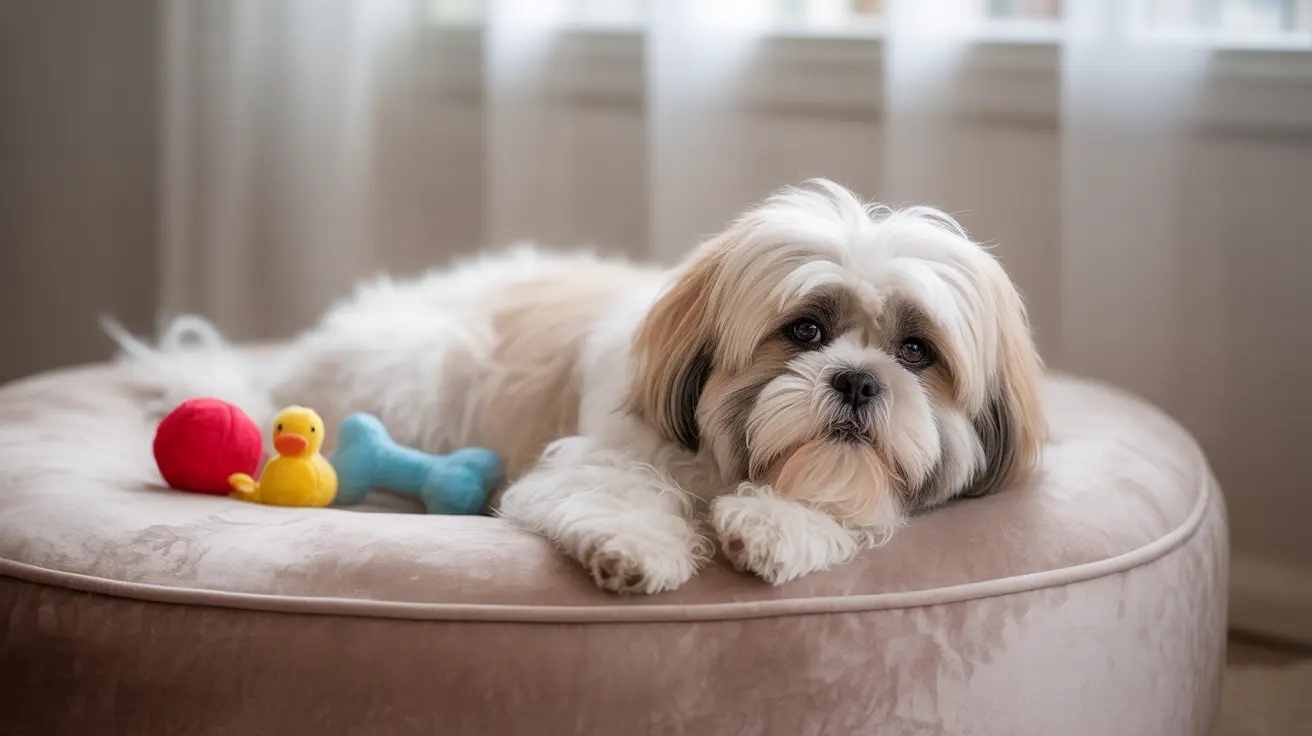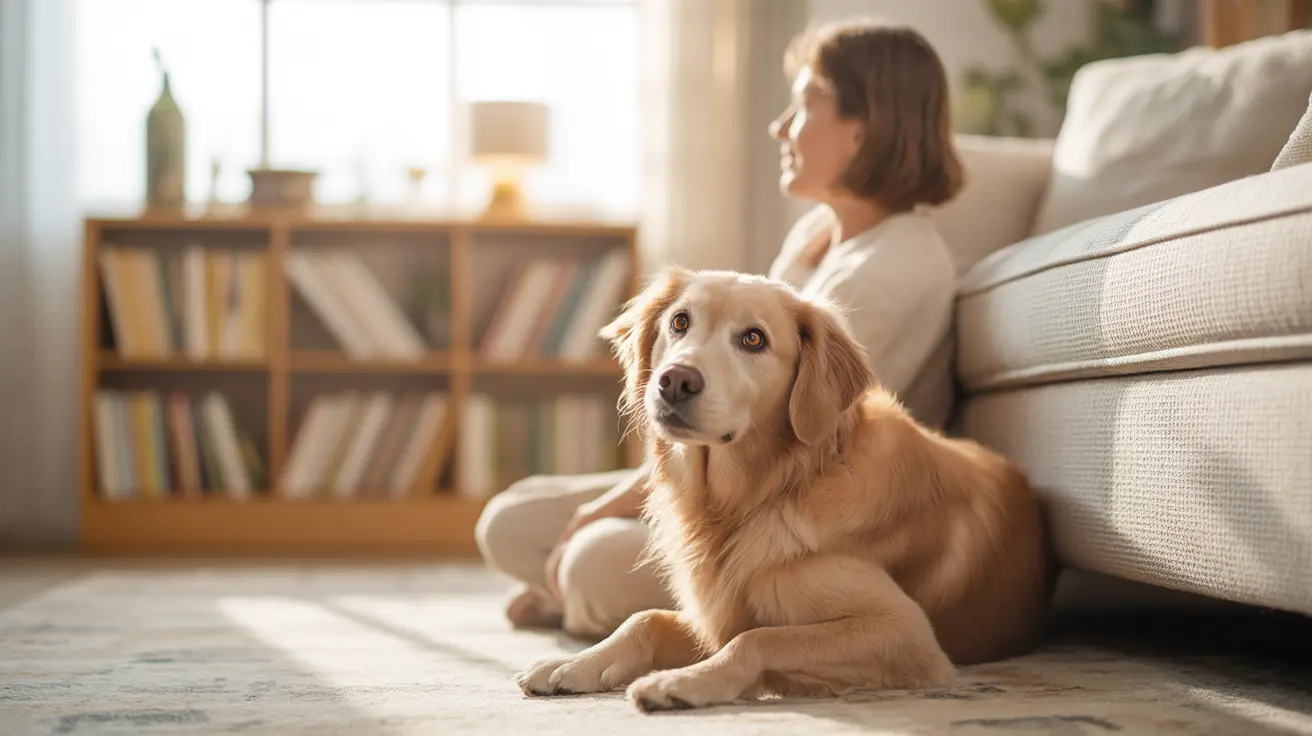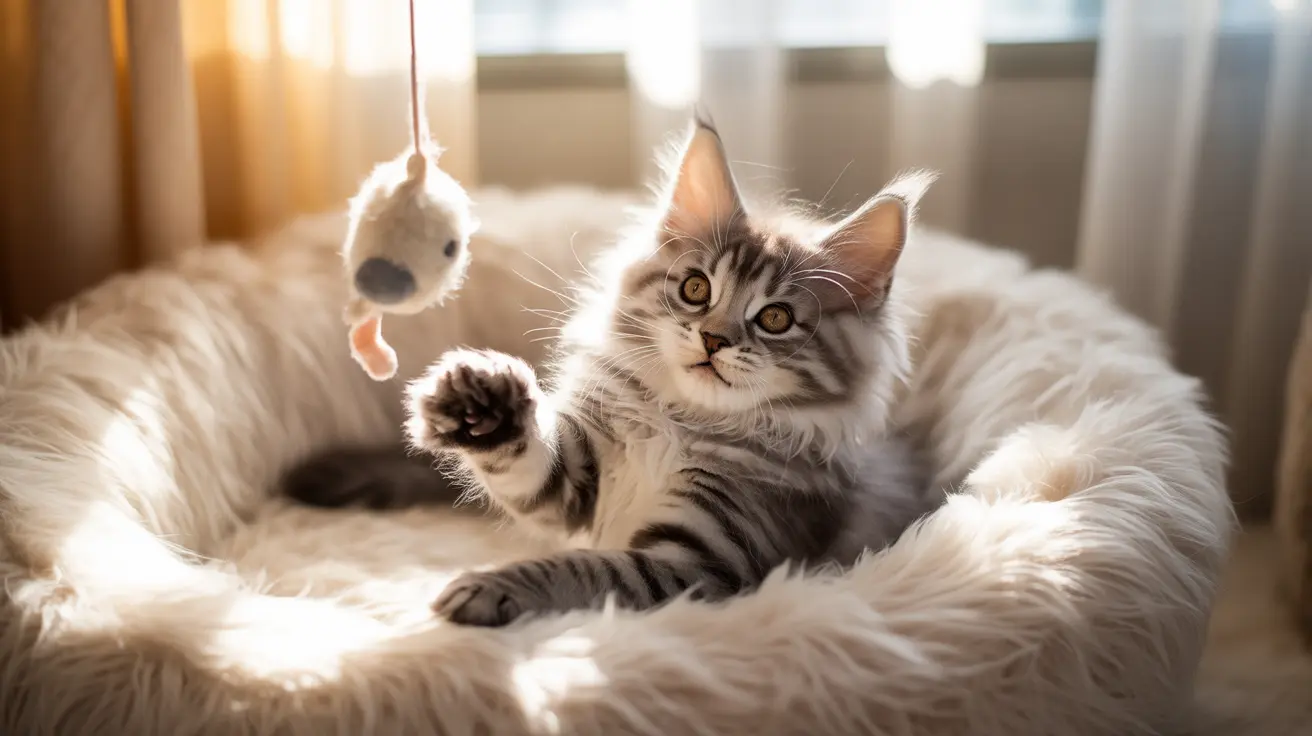Can Shepherd Mixes Be Left Alone? Understanding Sheprador Independence
The German Shepherd Lab mix, commonly known as the Sheprador, is a hybrid dog that combines the loyal, protective traits of the German Shepherd with the friendly, people-oriented qualities of the Labrador Retriever. While these dogs are known for their intelligence, trainability, and affectionate nature, an important question among potential dog owners is whether they can be safely and comfortably left alone for periods of time. The short answer is: only to a limited extent.
The Social Nature of the Sheprador
Shepradors are typically described as "velcro dogs" — meaning they form extremely close bonds with their human families and prefer to be near them most of the time. Their loyalty and dependence on companionship make them wonderful pets for families or individuals who can dedicate regular time to them. However, this same attachment can result in separation anxiety if the dog is frequently or routinely left alone for long stretches.
How Long is Too Long?
While every dog is different, Shepradors generally should not be left alone for more than a few hours. Leaving them alone for extended periods can lead to a range of behavioral issues, including:
- Destructive chewing
- Excessive barking or howling
- Pacing or restlessness
- House soiling due to stress
Such behaviors are typically a result of boredom, anxiety, or lack of stimulation.
Exercise and Mental Stimulation as Preventative Measures
One way to help a Sheprador manage short periods of solitude is by ensuring they receive adequate physical and mental exercise beforehand. These dogs have high energy needs and generally require at least an hour of physical activity each day. Suitable activities include:
- Long walks or jogs
- Games of fetch or tug-of-war
- Swimming
- Agility training or obedience exercises
Mental stimulation is equally essential and can be provided through:
- Puzzle toys and treat-dispensing toys
- Interactive games or hide-and-seek
- Training new tricks and commands
- Rotation of toys to prevent boredom
Training for Independence
Training your Sheprador to be comfortable alone is a gradual process. By starting with short intervals and slowly increasing the duration, owners can help build their dog’s confidence and independence. Essential tips include:
- Create a designated comfortable space with a bed, toys, and water
- Use positive reinforcement when leaving and returning
- Avoid overly emotional goodbyes and greetings
- Practice short departures while home (e.g., stepping out of sight, then returning)
When You Need to Be Away Longer
If your schedule requires you to be away for longer durations, there are several effective options to ensure your Sheprador's well-being:
- Doggy daycares provide social interaction and monitoring during the day
- Dog walkers can come to take your pet out for exercise and companionship
- Consider the help of family or friends to check in regularly
- Pet cameras allow interaction and observation while away
Signs Your Sheprador Needs More Company
If your dog shows signs of distress while left alone, including physical destruction, vocalization, or elimination in the house, it's a sign they're not coping well with solitude. Addressing these signs early with training, routines, and trusted care options can help prevent serious separation-related issues.
Ideal Home Environments
Shepradors are best suited to active households where they can regularly interact with their humans. Apartment living is possible, but only with a strong commitment to daily mental and physical enrichment. Homes with yards or access to safe outdoor spaces are ideal. Owners who work from home or have flexible work hours make the best matches for this breed's social needs.
Conclusion
The German Shepherd Lab mix generally does not do well with long periods of isolation. Their emotional and social nature means they crave consistent interaction. While they can tolerate being alone for short durations with proper training and preparation, Shepradors thrive in homes that can offer companionship, structure, and an active lifestyle. Meeting their social and physical needs helps ensure a happy, balanced dog that's loving, loyal, and well-adjusted.





